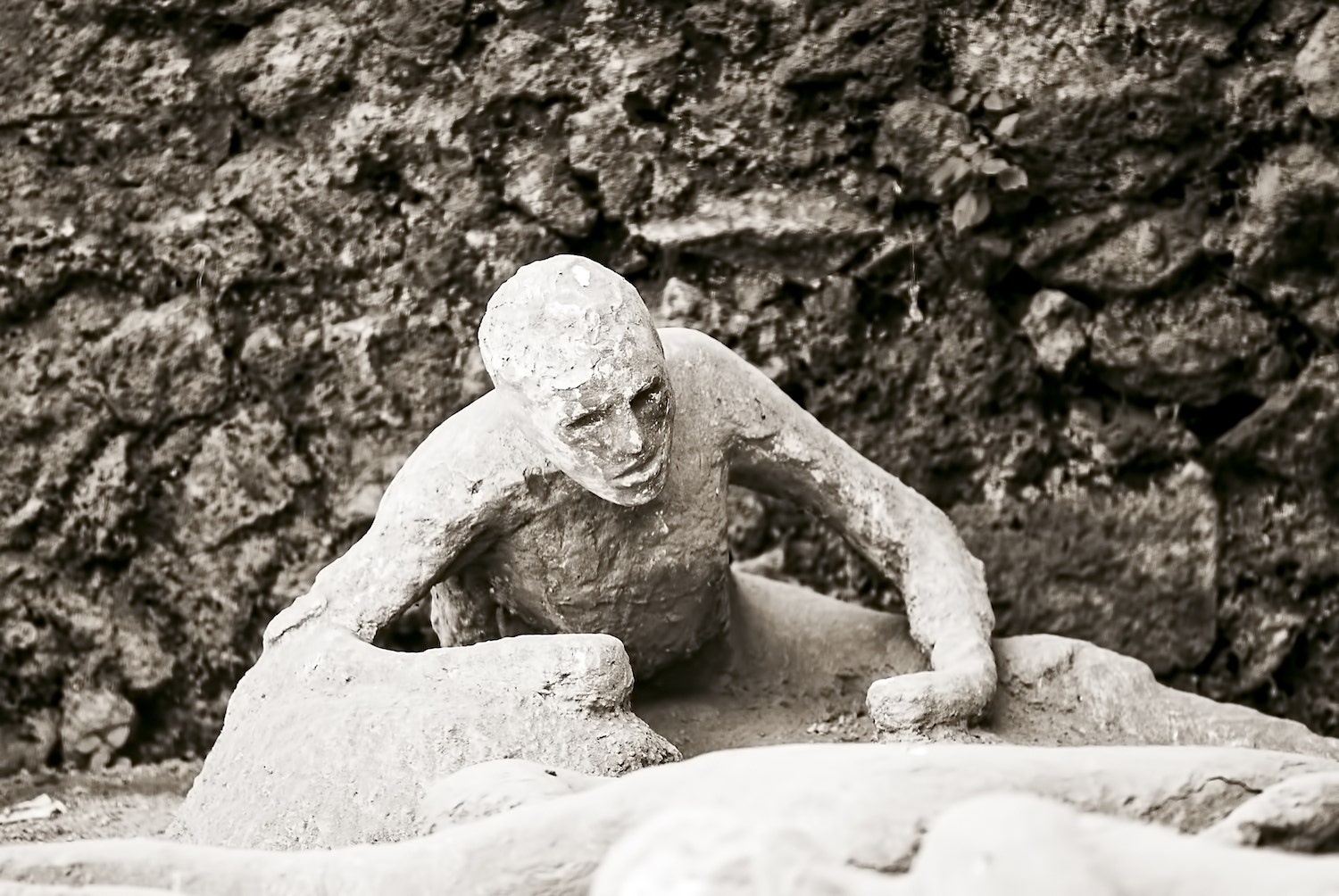Nearly nine months after ancient brain matter-turned-glass from a victim of the Vesuvius explosion was discovered, researchers have identified the victim's preserved brain cells and spinal cord remains.
The research, published in PLOS One, notes that the structure of the brain cells can be seen in the black, glassy material found in the young man's skull. In January, the glassy material was identified as vitrified brain remains.
Vitrification is the process by which "tissue ... has been burned at high heat and turned into glass or a glaze," according to the New England Journal of Medicine. Although rare to find, cerebral tissues found in archaeological discoveries have saponified, the process by which triglycerides turn into glycerol and fatty acid salts, or soap.

 www.foxnews.com
www.foxnews.com
The research, published in PLOS One, notes that the structure of the brain cells can be seen in the black, glassy material found in the young man's skull. In January, the glassy material was identified as vitrified brain remains.
Vitrification is the process by which "tissue ... has been burned at high heat and turned into glass or a glaze," according to the New England Journal of Medicine. Although rare to find, cerebral tissues found in archaeological discoveries have saponified, the process by which triglycerides turn into glycerol and fatty acid salts, or soap.

Shocking Pompeii discovery: Experts find evidence of neurons in Vesuvius victim
Nearly nine months after ancient brain matter-turned-glass from a victim of the Vesuvius explosion was discovered, researchers have identified the victim's preserved brain cells.
